Through embracing setbacks and moments of discomfort as opportunities to grow, this Australian Service Design professional drives strategic initiatives that leave a lasting impact.

Have you ever wondered about the people behind the scenes doing the challenging but important work of service design within organizations? What’s it really like to be a service design professional on the inside, where implementation, politics, middle management, and conflicting interests come into play?
In this series, we’re excited to bring you up close and personal with members of the ⭕️ Circle community to learn about who they are, what they do, and what drives them to make a difference. Through their stories, we hope to give you a better sense of what it’s like to be on the inside, and inspire you to take the leap or steer clear.
Join us as we chat with Brad Alphonso, a senior service design leader based in Australia 🇦🇺.
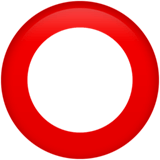
The service design dream team you wish you had around you each and every day. Now available inside the Circle community!
➜ Learn moreBackground
How did you first discover service design, and what inspired you to pursue it?
Well, it was quite the journey. I was a teacher, an expert in design thinking, working on a global digital transformation project in education. Our mission? Equipping students with the essential skills they needed for the 21st century.
Little did I know that this venture would spark an insatiable obsession with design thinking and lead me straight into the exciting realm of service design.
You’re probably wondering how I made this fascinating discovery, right? It wasn’t by chance. As I dabbled in user experience (UX) and ventured into the realm of educational app development, I stumbled upon a game-changing opportunity. It was a corporate hackathon, hosted by none other than Telstra, aimed at revolutionizing technology in schools. That event opened my eyes to the real-world applications of design thinking and the growing trend of in-house design teams. I received inspiring words of encouragement from the Design Practice Manager (who continues to be a mentor) and that’s when it hit me—I had to dive headfirst into the world of service design.
I faced my fair share of rejections and setbacks along the way, but every stumble was a valuable lesson.
The design community graciously provided me with an abundance of advice, and here are a few nuggets of wisdom I picked up. First, I learned to identify and leverage my transferrable skills, using them to mould my current role into a playground for service design. Next, I realized that my strengths truly shine when placed in the right context. By seeking out the perfect role that complemented my unique skill set, I set myself up for success. And let’s not forget the importance of nailing that elevator pitch—crafting a compelling story about my value proposition became paramount.
After much perseverance, I finally landed a gig on my 22 rejections. An opportunity arose that recognized my potential for service design. It’s fascinating to see how teaching and service design align so beautifully. The understanding of human behaviour, cultural nuances, and inclusive design seamlessly transferred from the classroom to the realm of service design.
In addition to skills such as facilitation, storytelling, project management and stakeholder management – I’m yet to find a stakeholder, more invested than a concerned parent. With this diverse skill set, I felt ready to create meaningful experiences and innovative solutions that positively impact the lives of others.
What’s your favorite way to unwind after a long day of work?
Now, when it comes to unwinding after a long day of work, I have my go-to methods for rejuvenation. I’m indulging in activities that bring me immense joy and help me detach from work-related stress.
Whether it’s diving into a captivating book on psychology, design, philosophy or longevity, immersing myself in nature with a relaxed walk, practicing mindfulness, listening to my favourite tunes – I’ll often have music playing all day in the house, or simply cherishing quality time with loved ones, especially the kids; Lego is a creative outlet these days. These moments of joy are what recharge my batteries and allow me to conquer the next day.
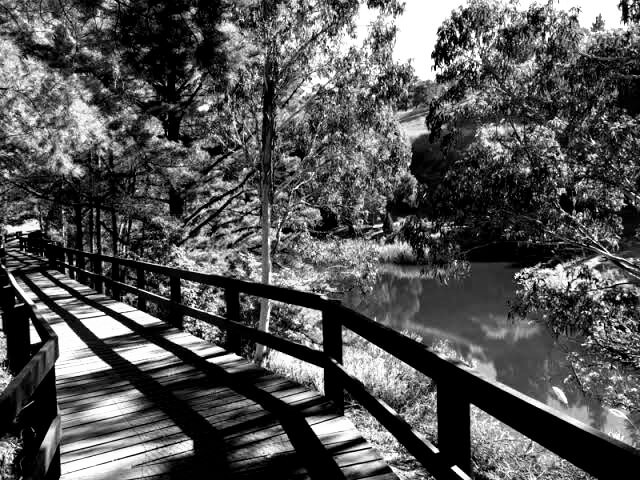
What’s the best piece of advice you’ve ever received?
That’s a tough one. I’ve been fortunate enough to receive an abundance of incredible guidance throughout my journey. But if I had to distill it down, it would be this: Embrace setbacks as invaluable learning opportunities and forge ahead with unwavering perseverance.
Each setback holds a precious lesson, pushing us to grow and improve in ways we never thought possible. I’ve learnt to seek these moments of challenge and lean into them.
What’s a hidden talent that you have that others may not know about?
Now, here’s a little secret talent of mine that not many know about—I’m a ‘foodie’ (a common trait for most Melbournians) I don’t mind dabbling in the kitchen!
You may find me experimenting with a new recipe or putting my flare on a classic. It’s a creative outlet that brings much enjoyment and provides a daily opportunity to create and execute on a vision, with instant results.
That’s pretty satisfying… well if it doesn’t get burnt!
In-house perspective
Can you tell us about how you ended up in your current role?
My journey to my current role has been an adventure. It all started with a desire to make a meaningful impact on the world. Along the way, I embraced various experiences and opportunities that shaped my career in service design.
From agency work to consulting gigs, I hustled hard to learn and grow.
Eventually, I decided I wanted to put roots down somewhere (a large enterprise) and I landed a six-month contract at Bupa. Little did I know that this seemingly temporary gig would turn into a four-year journey, filled with purpose and incredible growth.
Can you share some of the differences you have experienced working in-house versus on the agency side of service design? What do you think are the benefits and challenges of each?
The in-house versus agency debate—an intriguing dichotomy indeed. When I was in the agency world, the fast-paced environment fuelled my hunger for learning. I thrived on diverse projects and the opportunity to push boundaries. Creative freedom was my muse, and the exposure to different industries sparked fresh ideas. However, the ticking clock and relentless pace presented their challenges.
Transitioning to an in-house role at Bupa opened my eyes to a whole new dimension. Immersed within the organization’s culture, I gained an intimate understanding of its inner workings. Building deep relationships and witnessing the intricate connections between systems and processes allowed me to tackle challenges with a newfound perspective.
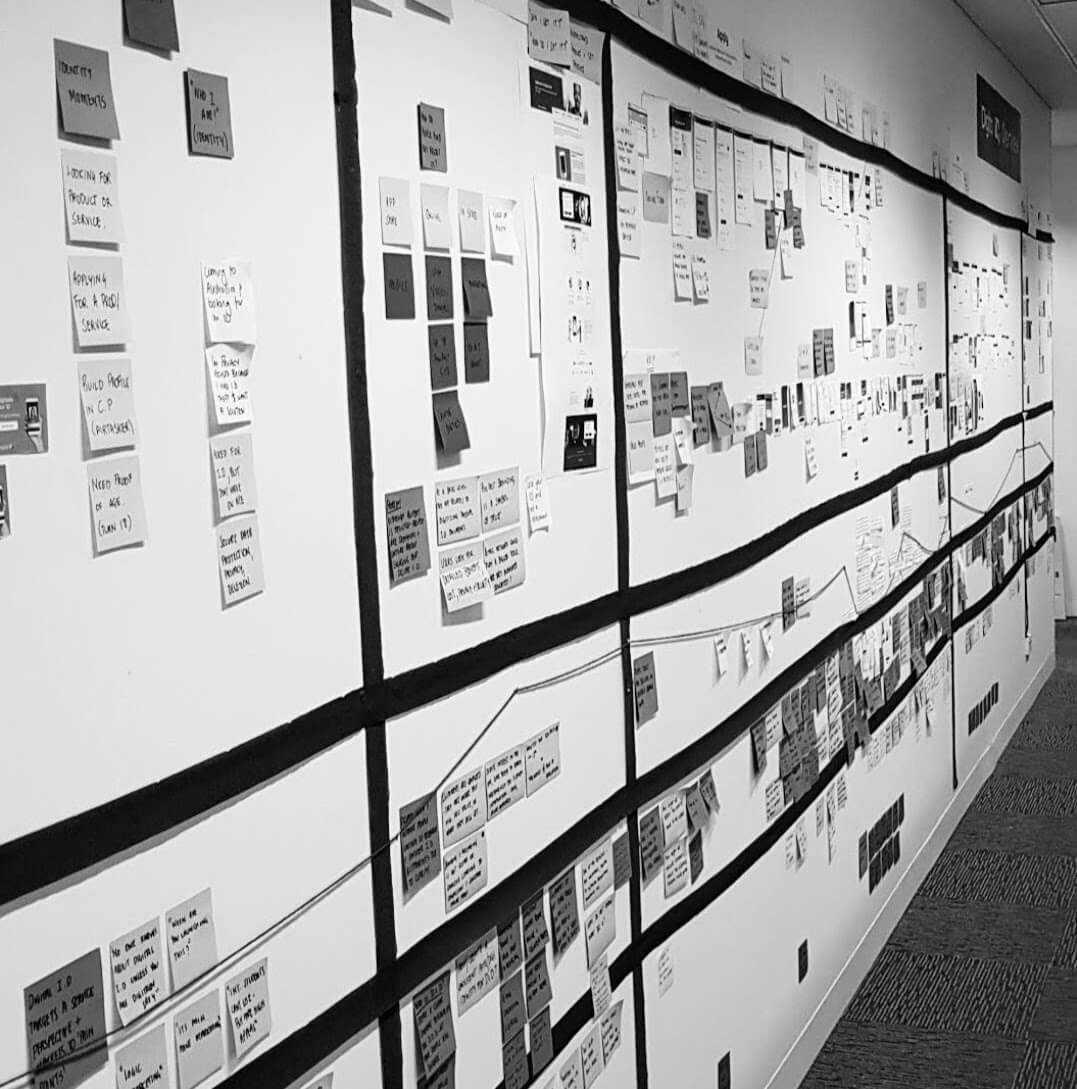
The collaborative nature of working in-house fostered effective teamwork, resulting in remarkable problem-solving. And of course, the satisfaction of seeing my work come to life – is an ambition of all Service Designers right?
Of course, it’s not all sunshine and rainbows. In-house roles come with their fair share of challenges—organizational constraints, legacy systems, and complexities with change management. But, it’s these very obstacles that excite me. They add layers of richness to the problems we solve, fuelling my passion for cracking the code.
How do you approach working with cross-functional teams and stakeholders who may not have a background in design? What strategies have worked well for you in the past?
The art of collaboration with non-designers, it’s a delicate dance, but one that holds immense value. When working with cross-functional teams and stakeholders, I’ve found that effective communication and empathy reign supreme. Here are a few strategies that have served me well over the years:
- Keep it simple: Make intricate design concepts into relatable narratives, ensuring that even the least design-savvy people in the room can grasp the essence of our work.
- Show, don’t just tell: Stories of impact are my secret weapon. By sharing real-life success stories and showcasing the tangible benefits of design interventions, this can be a great motivator, in helping them understand the transformative power of our craft.
- Co-create to conquer: Collaboration is key. I advocate for opportunities for cross-functional teams to actively participate in the design process, fostering a sense of ownership and instilling a shared purpose.
- Bridge the knowledge gap: Through workshops and educational sessions, we can demystify design thinking by creating a common language for the design journey.
- Make data more human: Data and metrics may seem dry, but when presented in a way that speaks to the human experience, they become powerful allies in winning hearts and minds.
By infusing these strategies with passion and genuine care, I’ve witnessed non-designers transform into design advocates and collaborate seamlessly.
Wins & failures
Can you tell us about a (service design) project that you are particularly proud of? What made it stand out for you?
There’s a particular project that stands out that left me brimming with pride. It was a collective effort and realised true collaboration. We assembled a dream team of cross-functional superheroes, each bringing their unique powers to the table. Together, we embarked on a transformative journey that transcended silos and drove change.
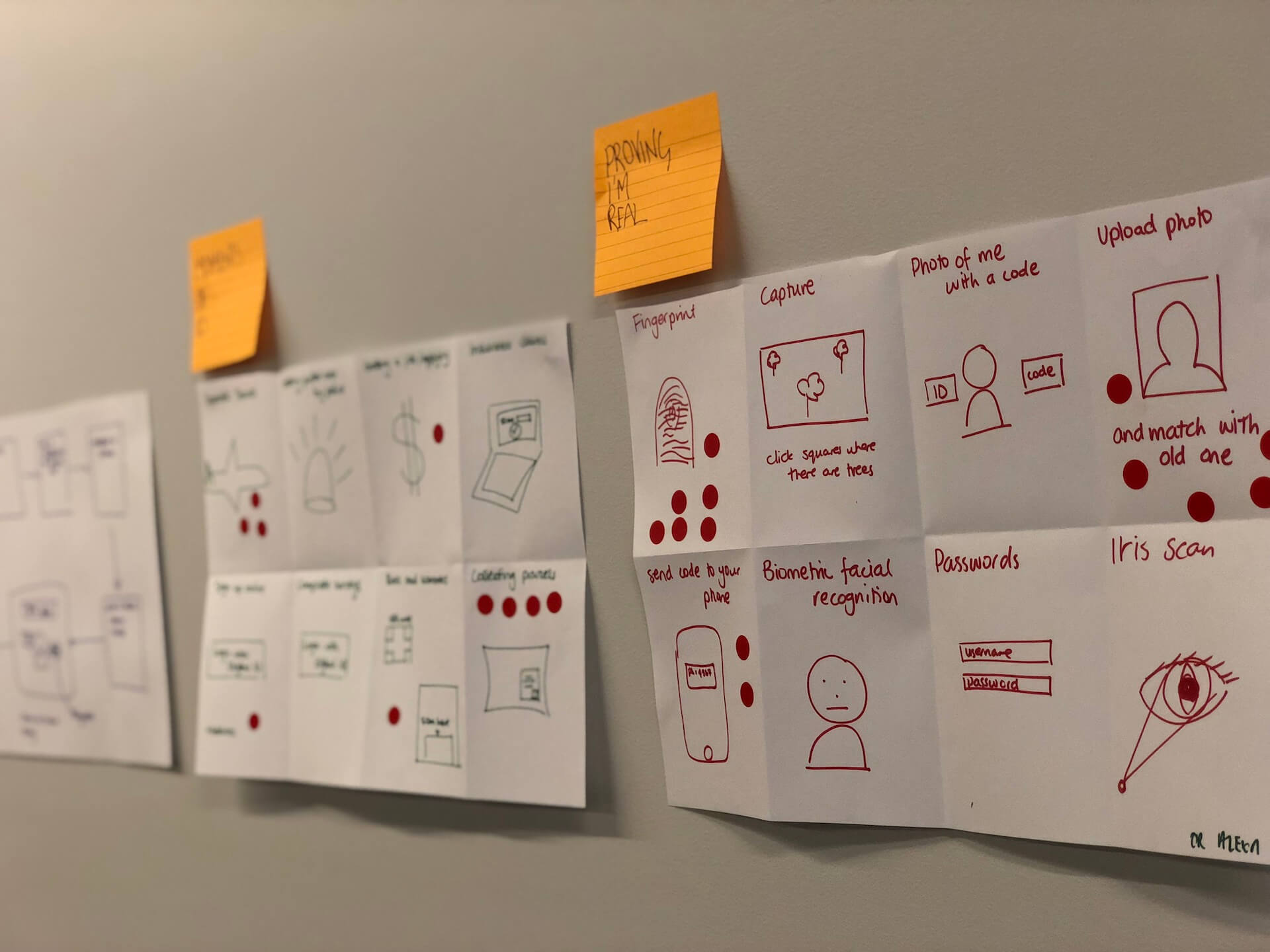
What made this project truly stand out was the facilitation. My primary role here was facilitating the design-led outcomes, skillfully orchestrating the intricate process of transformation. I was able to guide the team through the maze of challenges, keeping the momentum alive and the vision burning bright. This was key.
But here’s the secret ingredient that took us to new heights: a win-win mindset.
Discovering shared common goals and getting intial ‘buy in’ meant divisive conversations and individual agendas, did not derail us. We forged a collective purpose, aligning our goals and interests. Through open dialogue and shared ownership, we harnessed the power of synergy, where collaboration became our superpower.
And of course, success wasn’t just measured by the design journey alone. We wanted to go further, we understood that design is a tool to drive tangible business success. We identified clear ownership and embraced the opportunity to create lasting impact for the entire organization. When we translated our achievements into real-world results, in the hands of our employees and customers.
Can you share a story about a time when you experienced a setback or failure in your work, and what did you learn from that experience?
Setbacks and failures, the inevitable teachers on the path of growth. There’s a project I recall, that was an utter fail. But I must say, the outcome left me wiser for the experience.
Setting the scene, I was given a fairly substantial brief from a financial service company. I’d recently come off the back of a few ‘big wins’, with other clients, so you could say confidence was peaking.
In the midst of a high visible piece of work, with very senior stakeholder engagement.
Nearing the final straight of the project – I encountered a colossal setback.
The measures of success for the project had shifted and this was greatly due to misalignment. A factor I had should have been in front of. Call it inexperience, call it arrogance, but I’d let myself forget basic fundamentals. Scope creep guised as ‘pivots’, expanding deliverables interpreted as opportunities to ‘flex’. I had it all wrong.
The project I poured my heart into didn’t yield the expected results. I was slipping. It felt like I was in quicksand and to this date, the only project that’s made me feel physically ill.
But in those moments of disappointment, I found a wellspring of resilience and the determination to turn failure into fuel.
From this experience, I learned a valuable lesson: communication is the golden thread that weaves success.
A wise mentor once enlightened me on the power of constant and open communication. It ensures that everyone is in sync, fostering a culture of transparency and trust. So, I embraced this wisdom and elevated my communication game to new heights. I kept the channels open, shared updates, and documented progress, creating a harmonious symphony of collaboration.
Not to mention, remembering to have the humility to get the basics right and the importance of setting clear boundaries when setting up a project.
Remember, setbacks are not roadblocks but stepping stones to greatness. Embrace the lessons they offer, channel your inner resilience, and let failure be the catalyst for growth.
Advice
What advice do you have for someone just starting out in service design? What skills or knowledge do you think are most important for success in the field?
I’ve been fortunate to talk to a number of budding Service Designers in the past few months. In that time, here’s some advice I think could be useful as you take a step on your journey.
- Embrace the Unlearning Journey: As a designer, it’s not just about acquiring new knowledge; it’s about shedding old beliefs. Embrace the art of unlearning. Break free from conventional thinking, challenge the status quo, and let your imagination run wild. Unleash your creativity by unlearning what you think you know.
- Know your T-Shape Skillset: In service design, you need to cultivate the T-shaped mindset. Dive deep into your areas of expertise, but also explore a wide range of disciplines. Connect the dots, speak a common language, and become a multidimensional force. The world needs designers who can navigate the intersection of knowledge domains.
- Get Comfortable with Discomfort: Growth and comfort rarely go hand in hand. Embrace the discomfort. Seek out projects and challenges that push your boundaries, make you question everything, and ignite that fire. Step into the unknown, because that’s where the extraordinary happens. Embrace the discomfort, and let it fuel your journey to greatness.
- Fail forward: Failure is not a dirty word; it’s a stepping stone to success. Embrace failure. Embrace it, learn from it, and let it propel you forward. Fail with style and purpose. Take risks, experiment fearlessly, and don’t be afraid to stumble along the way. It’s through failure that you’ll discover your true potential and pave your path to greatness.
- Empathy is your secret weapon: Service design is all about understanding people. Nurture your empathy superpower. Listen to those we’re designing for – all the answers are there if we listen with the intent of understanding. Not with a view of responding or creating a solution. Just listen – that’s where the connection is, that’s where the impact lies. That’s how you’ll leave a mark.
Hope this advice serves you well on your service design journey.
Future
What do you think is the most exciting trend or development in service design right now? How do you see the field evolving in the future?
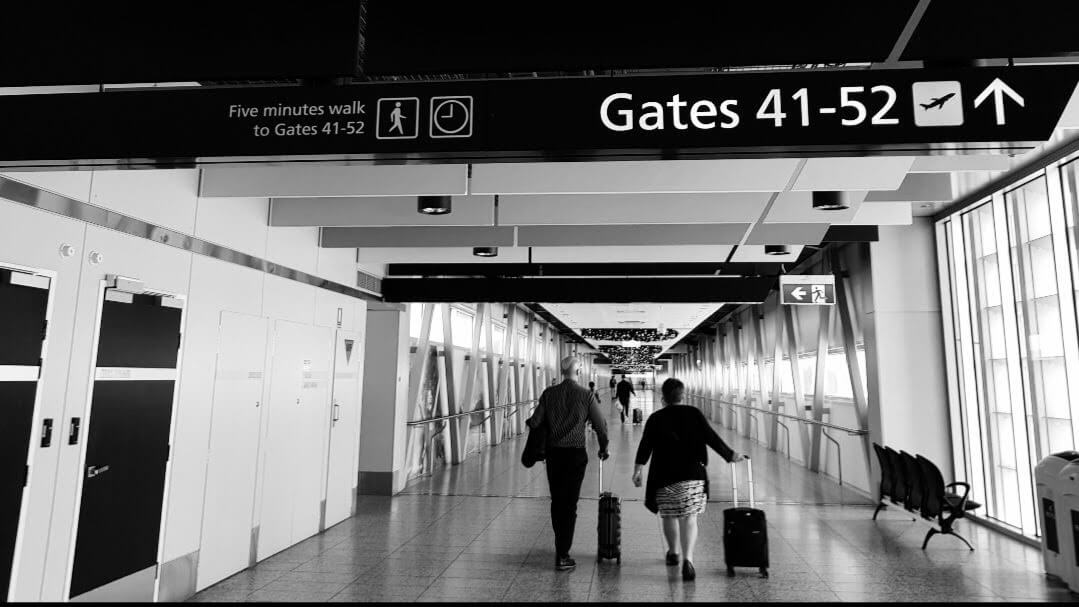
Service Designers using AI, will be more desirable than Service Designers who don’t: I think this will be consistent for many industries – but someway AI will become part of the design process – a trusty sidekick of designers, analyzing data and generating insights at lightning speed. Human creativity and machine intelligence will join forces, revolutionizing our approach to service design.
Immersive Experiences and Sensory Design: Brace yourself for a multisensory revolution. With the blending of physical and digital spaces, Service Design has a very cool opportunity to design captivating journeys that engage all the senses, using virtual displays and personalized sensory experiences to transport individuals into new realms.
Service Design for Social Impact: The future of service design is intertwined with social impact. The world needs Service Designers to bring domains together to truly tackle the wicked problems society faces. We’ll grapple with societal challenges like climate change and inequality, collaborating with organizations and communities to create meaningful change.
What kind of projects or initiatives are you interested in working on? Are there any particular connections or collaborations that you are seeking at the moment?
I’ve recently become interested in regenerative design, sustainable design, and circular economy principles. It would be great to connect with practitioners who are currently doing meaningful work in these spaces.
If you could ask any question to other service design professionals, what would it be? What insights or perspectives are you curious about?
My question for fellow designers is: How do you envision service design shaping the future of smart cities? What innovative approaches and ethical considerations are crucial for designing human-centric urban experiences?
It’s time to explore the intersection of service design, urban planning, and technology to create cities that enhance the quality of life while being environmentally conscious and socially inclusive.
One thing is for sure, the world needs more Service Design professionals.
Wrap-up
Brad’s journey as a service design professional beautifully intertwines his personal passions and professional pursuits. From immersing himself in nature and cherishing quality time with loved ones, to his passion for psychology, design, and philosophy, Brad’s multifaceted approach brings a unique perspective to his strategic initiatives.
I extend my gratitude to Brad for sharing his inspiring experiences, reminding us of the power of embracing challenges and finding inspiration in the world around us. As we continue to spotlight talented professionals like Brad within our ⭕️ Circle community, I invite you to join us on this journey of service design excellence, collaboration, and continuous learning.
Together, let’s create a future where personal fulfillment and professional success go hand in hand.
